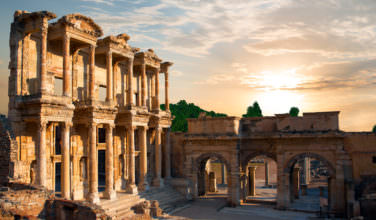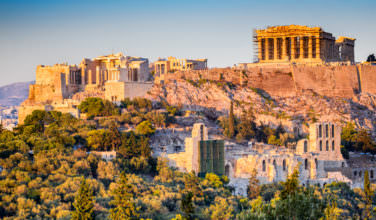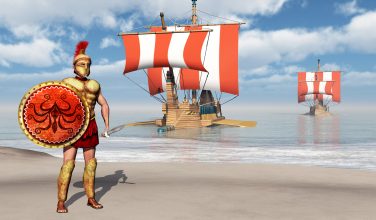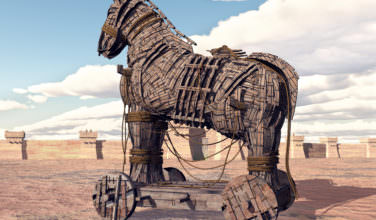About Aion – Greek Mythological God of Time
Comments Off on About Aion – Greek Mythological God of Time
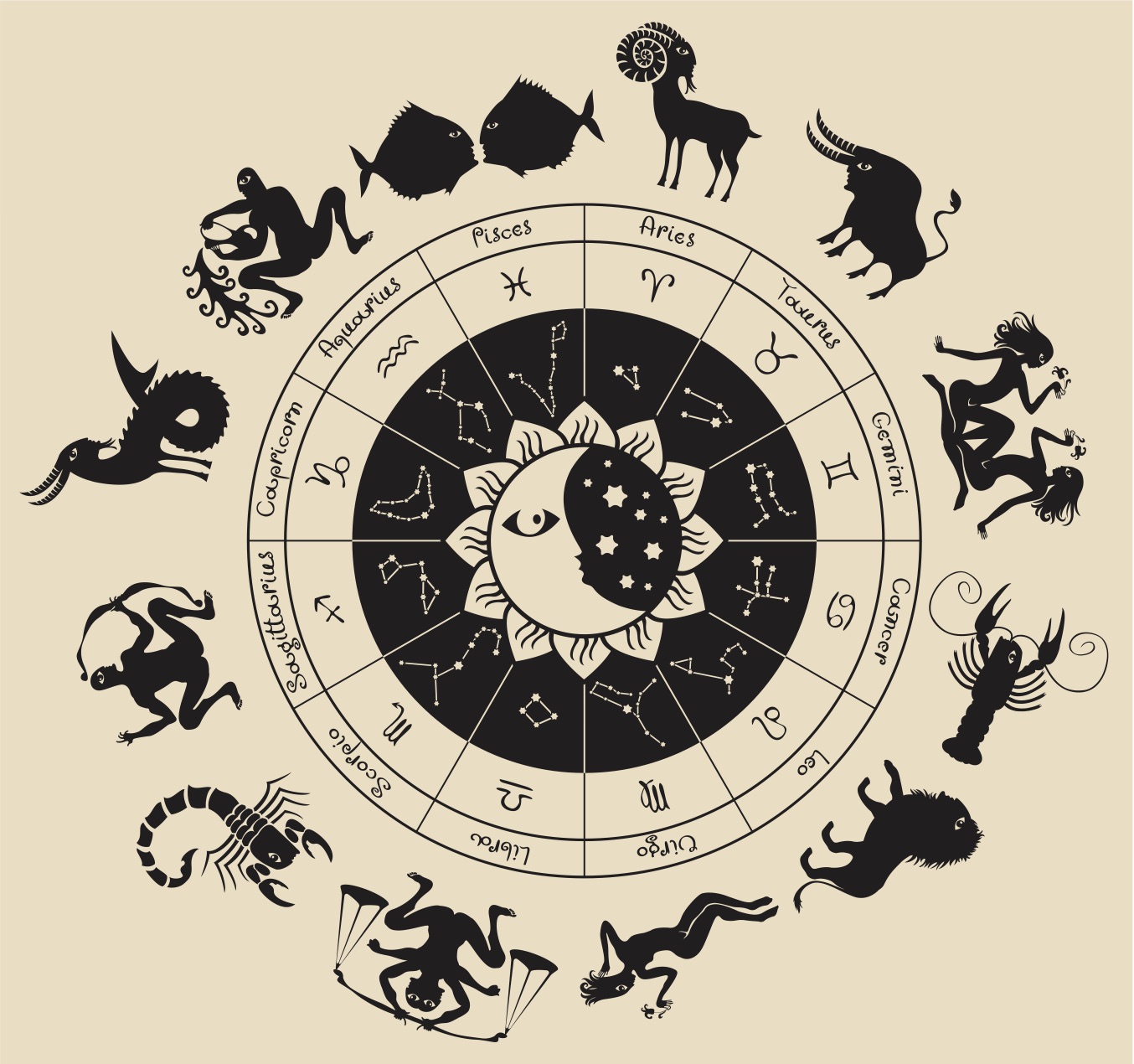 There are many gods and goddesses in Greek mythology and they are all usually associated with various things, such as a personality trait or virtue, or even specific places and geographical features. Aion is one of these gods but unlike the Olympian gods and goddesses, he is not very well known. Said to be the Greek god of time, Aion does have some lore associated with him. Here’s more information:
There are many gods and goddesses in Greek mythology and they are all usually associated with various things, such as a personality trait or virtue, or even specific places and geographical features. Aion is one of these gods but unlike the Olympian gods and goddesses, he is not very well known. Said to be the Greek god of time, Aion does have some lore associated with him. Here’s more information:
Information About Aion
Aion was especially popular during the Hellenistic Period in Ancient Greece. He shared the role of being the god of time with Chronos, who was also the god of time. However, Chronus came about much earlier in Greece’s history. However the two of them did have differencs. Aion is more heavily associated with eternity and everlasting time, while Chronos is connected to linear time. Also, Chronos is not a god like Aion. Instead, Chronos is meant to be the personification of time. Aion was also associated with the zodiac and the constellations. The Ancient Greeks did play a part in developing astrology, and Aion was part of that.
What He Looked Like
There are multiple depictions of Aion that still survive today. He is shown to have the body of a human. At times he also has wings, but he is frequently depicted without them. He is often shone to be nude or wearing a small amount of clothing. He has a youthful and proud appearance. Aion is also often standing at the center of the image with a hoop or spherical object encircling him. It is believed that the circular shape characterizes either the zodiac or the cyclical nature of time. The hoop is sometimes depicted as being held up by a man standing underneath Aion.
Aion Through the Ages
Aion’s importance did not end with the rise of the Roman Empire. Due to his link with eternal time, he was quickly taken up as a symbol for the Roman Empire’s everlasting rule. He was given a female equivalent who was known as Aeternitas. The two of them were depicted on Roman coins along with the phoenix. This combination makes sense as the phoenix is also associated with eternity in that it is cyclically reborn. Over time, Aion became conflated with Chronos as well as the Titan Cronus. His form changed with these consolidations. At times he was depicted as having the head of a lion.
Throughout the time that Aion was known as a god, he was linked to the idea of eternity. Even when his appearance and the people who worshiped him changed, his symbolism remained the same. This is a testament to the power of the idea of everlasting time. Regardless of culture, this is a concept that always seems to hold sway over people.
Source:
Categorized in: Greek Mythology
This post was written by Greek Boston


